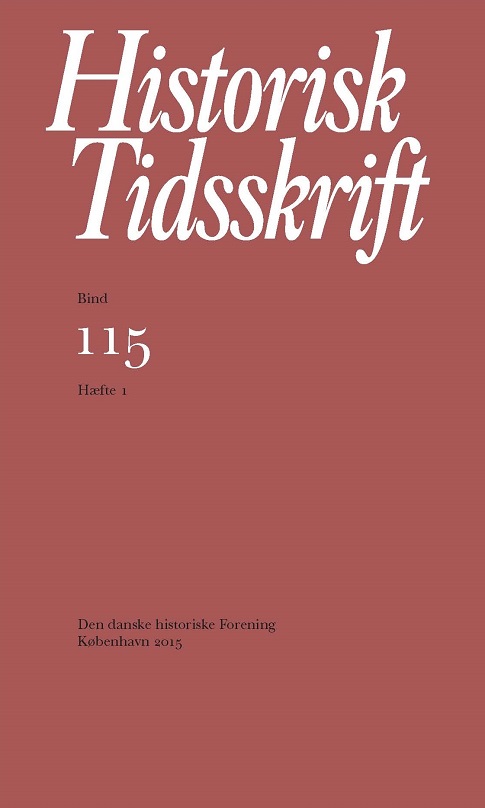Hvorfor forsvandt spedalskhed fra Danmark i slutningen af middelalderen?
Resumé
Why did leprosy disappear in Denmark at the end of the Middle Ages?
Leprosy and tuberculosis were prevalent in Europe during the first millennium, but thereafter leprosy declined. In Denmark a material of 3033 skeletons from the period 1100-1530 indicates that the prevalence of leprosy among adults was more than one quarter. The material also indicates that leprosy declined in the later Middle Ages, first in towns and cities in the 14th century, later in rural communities around 1550. It is unknown why this occurred. It has been suggested that the decline of leprosy in towns was caused by the isolation of contagious individuals in leprosaria (Sankt Jørgens Gårde). However, this cannot be the only reason because institutionalizing never broke the chain of infection. People suffering from leprosy were contagious many years before they showed visible signs of the disease. Another explanation has been the increasing prevalence of tuberculosis that developed in Denmark with the increasing urbanization in the 13th and 14th centuries and in the rural communities with the intensified cattle breading by the end of the 16th century. There is a certain cross-immunity between the bacteria of the two diseases, but more likely leprosy patients became more susceptible to underlying latent tuberculosis owing to the decline in immune status associated with the progression of the disease. This would lead to increased mortality from tuberculosis and therefore finally to the disappearance of leprosy from Denmark during the late Middle Ages.
Downloads
Publiceret
Citation/Eksport
Nummer
Sektion
Licens
Ophavsret til bidrag i Historisk Tidsskrift tilhører forfatterne og Den danske historiske Forening som udgiver af Historisk Tidsskrift. For illustrationer gælder den ophavsret, som står anført i billedteksten. Ophavsretslovens almindelige bestemmelser gælder, hvilket vil sige, at ophavsretten gælder i 70 år efter forfatterens død. Bidrag i Historisk Tidsskrift må derfor, med forbehold for en ”moving wall” på tre år, frit downloades, læses, gemmes, anvendes og citeres (med kildeangivelse) i privat og videnskabelig sammenhæng, men de må ikke helt eller delvis genudgives af tredjepart, heller ikke i redigeret form, uden tilladelse fra forfatterne og Den danske historiske Forening. Henvendelse skal i så fald rettes til Historisk Tidsskrifts redaktion på histtid@hum.ku.dk.





